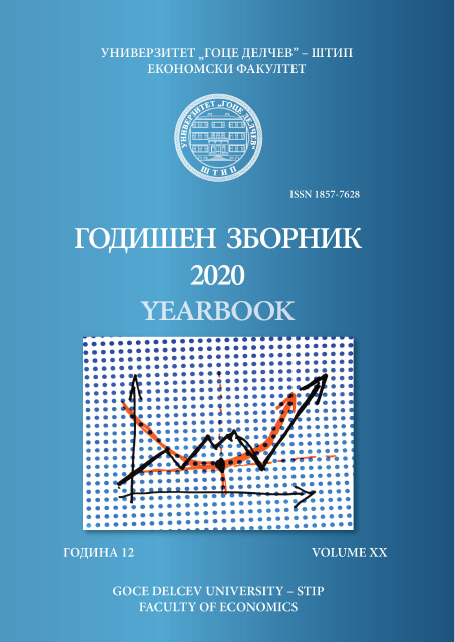CREATING INCLUSIVE AND MODERN LEADERSHIP IN ORGANIZATIONS BASED ON THE USE OF THE MANAGEMENT THEORIES AND PRACTICES
Keywords:
management theories, schools, inclusive modern managementAbstract
Although the times in which we live in today and run our organizations at the same time are called modern times that require modern methods of charismatic leadership, but in reality, according to many respondents, this is not the case.
After all, almost all organizations are dominated by two distinct views, on the one hand the inadequacy of management, and on the other hand the inadequate demand of employees for proper management. This means that in many organizations there is no real modern charismatic management (for us known like “top” management) and at the same time, although charismatic management is performed by a smaller number of employees is influential with their reckless dominance, it is undesirable by the excuse that is missing “tolerance and lack of heat by the manager”
In this regard, the question arises, what kind of leadership to apply in our organizations? Well, there are a number of management theories in the literature, and at the same time obvious practices. It remains to merge multiple leadership styles by preferring modern leadership.
Due to the scarcity of expression, such leadership would be inclusive modern leadership, which would in fact be based on the great awareness of leaders about style preferences according to reality in the organization, actively seeking and considering different views and perspectives for better decision making.They must inspire different people to follow and at the same time move the organizational and individual performance towards a common vision.
The key areas of development for inclusive leaders are the continuous practice of self-development management, raising self-awareness, living in reality and developing a shared vision, building relationships and making changes by valuing the situations in which they work and numerous activities related to ethical goals.
This paper provides theoretical views on management schools, practical leadership in organizations, empirical research, that are made graphical and preference for activities to implement inclusive modern leadership.

